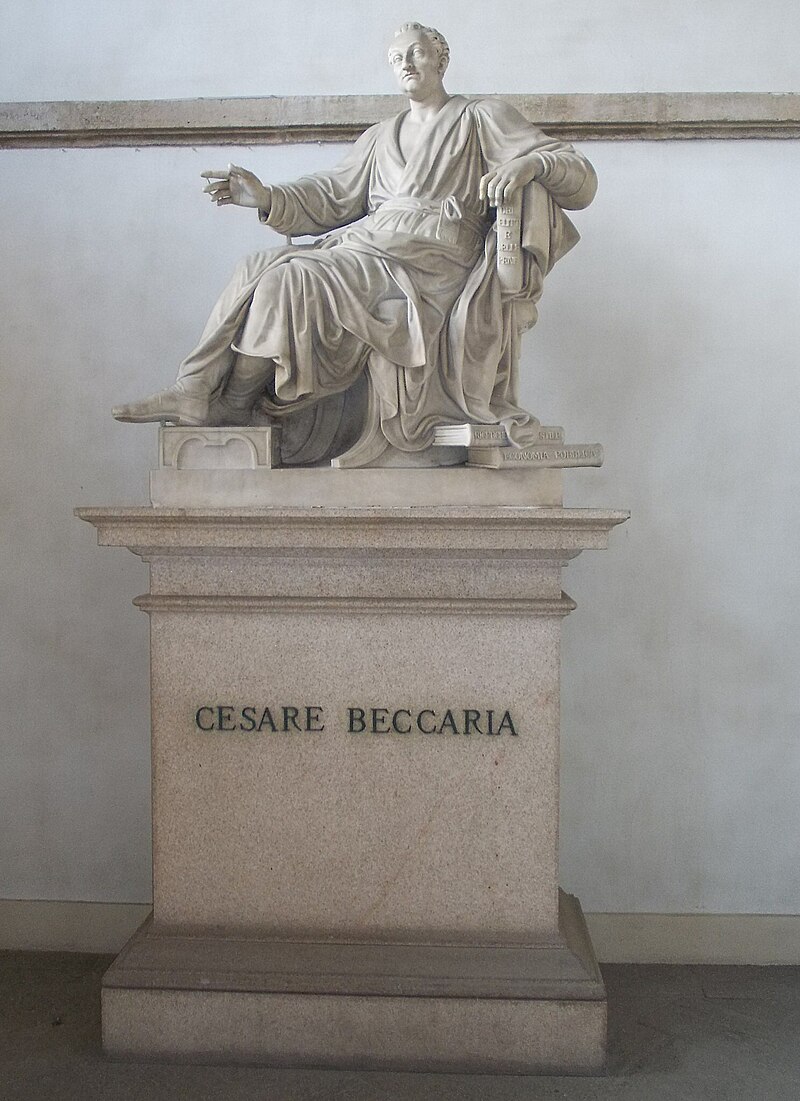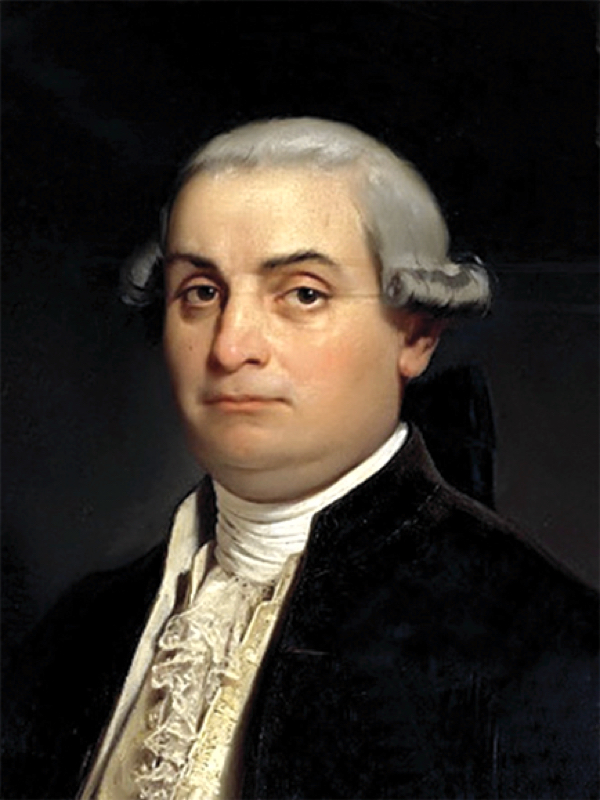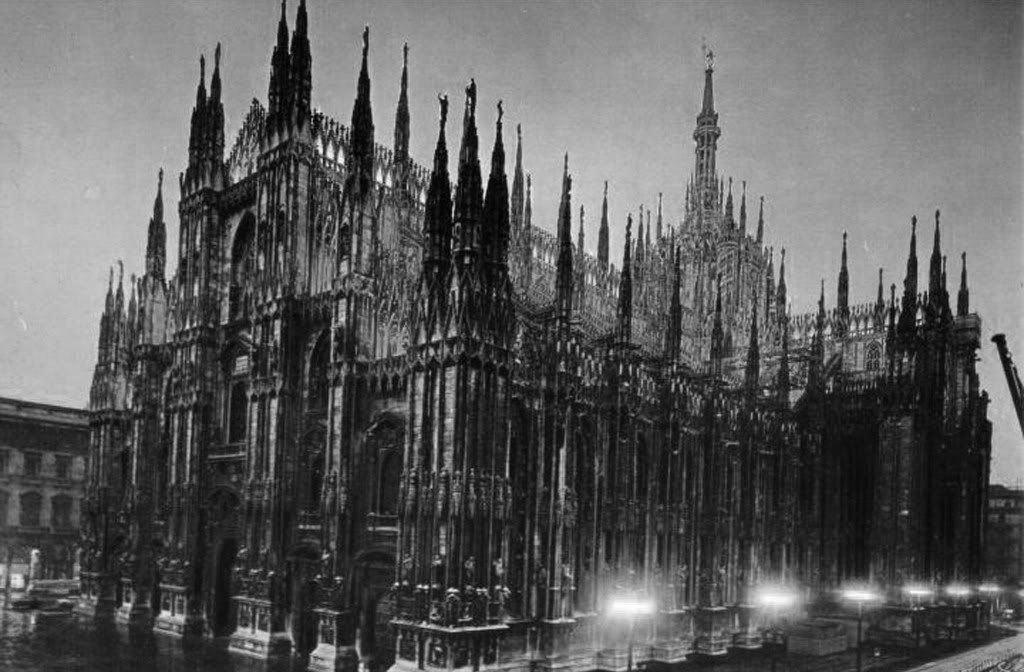Cesare Beccaria: The Man, Legend
Robert Worley
In this presentation, Professor Robert M. Worley provides an in-depth discussion of Cesare Beccaria, the Founder of the Classical School of Criminology. Worley provides a historical background of the time in which Classical theories of crime first came to fruition and also identifies and fully discusses the tenets of Classical theories.
Cesare Beccaria
Born: March 15, 1738 - Milan, Duchy of Milan, Austrian Empire
Died: November 28, 1794 (aged 56) - Milan, Duchy of Milan, Austrian Empire
Occupation: Jurist, philosopher, politician, and criminologist
Children: Giulia, Maria, Giovanni Annibale, Margherita
Cesare Bonesana-Beccaria, Marquis of Gualdrasco and Villareggio (Italian: [ˈtʃeːzare bekkaˈriːa]; 15 March 1738 – 28 November 1794) was an Italian criminologist, jurist, philosopher, and politician, who is widely considered as the most talented jurist and one of the greatest thinkers of the Age of Enlightenment. Recognized to be one of the fathers of classical criminal theory and modern penology, he is well remembered for his treatise On Crimes and Punishments (1764), which condemned torture and the death penalty, and was a founding work in the field of penology and the Classical School of criminology by promoting criminal justice.
According to John Bessler, Beccaria's works had a profound influence on the Founding Fathers of the United States.
Birth and education
Born in Milan on 15 March 1738, Beccaria received his early education in the Jesuit college at Parma. Subsequently, he graduated in law from the University of Pavia in 1758. At first he showed a great aptitude for mathematics, but studying Montesquieu (1689-1755) redirected his attention towards economics. In 1762 his first publication, a tract on the disorder of the currency in the Milanese states, included a proposal for its remedy.
In his mid-twenties, Beccaria became close friends with Pietro and Alessandro Verri, two brothers who with a number of other young men from the Milan aristocracy, formed a literary society named "L'Accademia dei pugni" (the Academy of Fists), a playful name which made fun of the stuffy academies that proliferated in Italy and also hinted that relaxed conversations which took place in there sometimes ended in affrays. Much of its discussion focused on reforming the criminal justice system. Through this group Beccaria became acquainted with French and British political philosophers, such as Hobbes, Diderot, Helvetius, Montesquieu, and Hume. He was particularly influenced by Helvétius.
 Later life and influence
Later life and influenceWith great hesitation, Beccaria acted on an invitation to Paris to meet the great thinkers of the day. With the Verri brothers, Beccaria travelled to Paris, where he was given a very warm reception by the philosophes. A chronically shy person, Beccaria made a poor impression at Paris and after three weeks retreated, returning to Milan and his young wife Teresa and never venturing abroad again. The break with the Verri brothers proved lasting; they were never able to understand why Beccaria had left his position at the peak of success.
Beccaria continued, however, to gain official recognition and held several nominal political positions in Italy. Separated from the invaluable input from his friends, though, he failed to produce another text of equal importance. Outside Italy, an unfounded myth grew that Beccaria's literary silence owed to Austrian restrictions on free expression in Italy.
Legal scholars of the time hailed Beccaria's treatise, and several European emperors vowed to follow it. Many reforms in the penal codes of the principal European nations can be traced to Beccaria's treatise, although few contemporaries were convinced by Beccaria's argument against the death penalty. When the Grand Duchy of Tuscany abolished the death penalty, as the first nation in the world to do so, it followed Beccaria's argument about the lack of utility of capital punishment, not about the state's lacking the right to execute citizens.
In November 1768, Beccaria was appointed to the chair of law and economy founded expressly for him at the Palatine college of Milan. His lectures on political economy, which are based on strict utilitarian principles, are in marked accordance with the theories of the English school of economists. They are published in the collection of Italian writers on political economy (Scrittori Classici Italiani di Economia politica, vols. xi. and xii.). Beccaria never succeeded in producing another work to match Dei Delitti e Delle Pene, although he made various incomplete attempts in the course of his life. A short treatise on literary style was all he saw to press.
 In 1771, Beccaria was made a member of the supreme economic council, and in 1791 he was appointed to the board for the reform of the judicial code, where he made a valuable contribution. During this period he spearheaded a number of important reforms, such as the standardisation of weights and measurements. He died in Milan.
In 1771, Beccaria was made a member of the supreme economic council, and in 1791 he was appointed to the board for the reform of the judicial code, where he made a valuable contribution. During this period he spearheaded a number of important reforms, such as the standardisation of weights and measurements. He died in Milan.Following his death, talk of Beccaria spread to France and England. People speculated as to whether Beccaria’s lack of recent writing on criminal justice was evidence that he had been silenced by the British government. In fact, Beccaria, prone to periodic bouts of depression and misanthropy, had grown silent on his own.
A forerunner in criminology, his influence during his lifetime extended to shaping the rights listed in the U.S. Constitution and the Bill of Rights. "On Crimes and Punishments" served as a guide to the founding fathers.
Beccaria’s theories, as expressed in his treatise "On Crimes and Punishments," have continued to play a great role in recent times. Current policies impacted by his theories include, but are not limited to, truth in sentencing, swift punishment and the abolishment of the death penalty in some U.S. states. While many of Beccaria’s theories are popular, some are still a source of heated controversy, even more than two centuries after the famed criminologist’s death.
His grandson was Alessandro Manzoni, the noted Italian novelist and poet who wrote, among other things, The Betrothed, one of the first Italian historical novels, and "Il 5 Maggio", a poem on Napoleon's death.
Commemorations
Beccaria Township in central Pennsylvania, United States, is named for him.
.



















